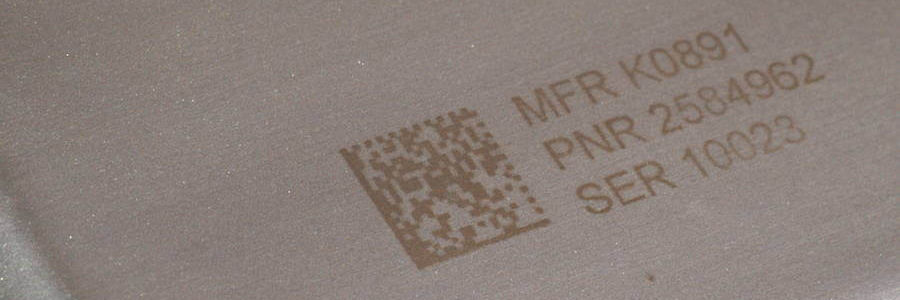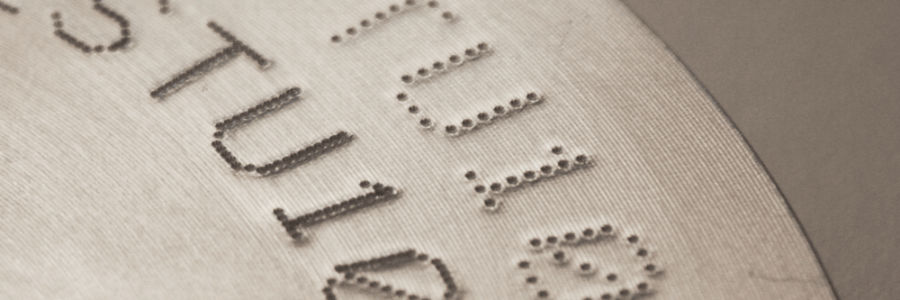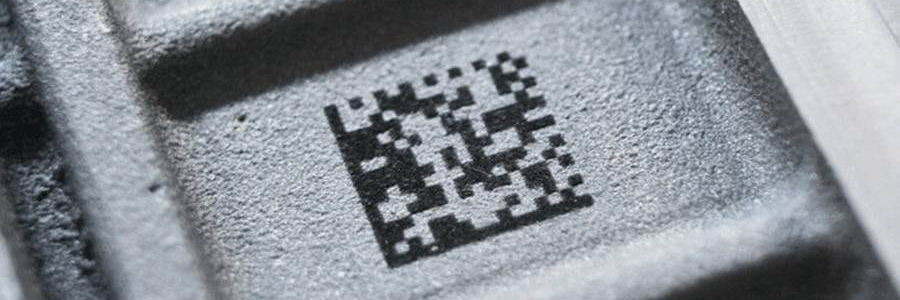When it comes to marking components for traceability in the Aerospace sector, meeting stringent industry standards is non-negotiable. Whether you're a manufacturer or supplier, ensuring compliance is crucial. At Universal Marking Systems, we specialise in the three key direct part marking (DPM) technologies—laser, dot peen, and electrochemical marking. With our expertise, we are here to guide you in navigating these complex standards, as our electrochemical marking systems are written into many of them.
We provide solutions that meet the aerospace standards and specifications set by leading aero-engine and aircraft body manufacturers, including JES131, RRES90003, SAE AS9132, AS478, Department of Defence Milspec130, AIPI/ABP, BAC, BAPS, WAPS, ATA Spec 2000, AIM-DPM, and more.
Why is traceability important?
Traceability is essential in aerospace manufacturing as it ensures that every component can be tracked from its origin through all stages of production, assembly, and deployment. This level of oversight is critical for several reasons: it guarantees that parts meet stringent safety and compliance standards, facilitates quality control by identifying and addressing issues promptly, and provides accountability in the event of a failure, end of life, or recall.
Additionally, traceability supports effective maintenance and repairs by keeping detailed records of each part’s history, ensuring timely service or replacement. Given the high stakes in aerospace, where failures can have catastrophic consequences, maintaining rigorous traceability is a fundamental regulatory requirement and a cornerstone of safety and reliability.
What is the right marking solution for Aerospace?
The right marking solution for aerospace depends on the specific application, material, and compliance requirements. Bar stock, for example, must be traceable from manufacture all the way through to final assembly of the component; dot peen bar end marking is ideal for this as each length can be marked easily before and then again after cutting to maintain full batch traceability. Aerospace parts and components are often of high value, resulting in costly consequences if marking is incorrect or if parts are damaged. Our electrochemical marking process is easy to use and virtually stress free, resulting in fewer errors. Whilst one of the more recent technology additions to aerospace marking applications, laser is not specified widely but can be useful in some applications.
Different aerospace applications call for different marking technologies: some dot peen, some electrochemical and some laser.
Electrochemical Marking in Aerospace

Electrochemical marking is a crucial technology for aerospace applications, particularly when marking high-value and critical components including thin wall items such as pipes and tubes. This process is virtually stress-free, making it ideal for marking a wide range of materials commonly used in aerospace, including titanium, Inconel, Hastelloy, aluminum, and various steels. The longevity and quality of the mark are key factors, as many of these components remain in service for years.
Universal Marking Systems’ electrochemical marking process is integrated into numerous aerospace standards, ensuring compliance and reliability. Additionally, our software-based stencil system allows for easy data import and minimises operator error, ensuring accurate and consistent marking. The MA range of electrolytes, manufactured in the UK, undergoes rigorous purity testing, meeting the highest aerospace marking standards and providing full batch traceability.
Dot Peen Marking in Aerospace

Dot peen marking is widely used in the aerospace sector for its ability to create durable, indented marks that withstand harsh environments. It's the "go to" DPM process for rotating parts. This technology is versatile, capable of marking a variety of aerospace components with long-lasting results.
Universal Marking Systems offers the Autosense bench system from Technomark, specifically designed for aerospace applications. It excels in creating uniform datamatrix codes with excellent readability, essential for maintaining traceability.
The portable range of dot peen systems is also ideal for marking large or awkwardly shaped parts, thanks to its ergonomic marking head, making it a reliable solution for maintaining full batch traceability from raw material to finished component.
Laser Marking in Aerospace

Laser marking is a high-definition, high-speed marking solution that is increasingly being adopted in aerospace for applications requiring precision and non-contact marking. Although not as widely specified as other methods, laser marking is particularly useful for intricate designs and fine details. Universal Marking Systems offers the Graphix II workstation, which is equipped with user-friendly software and an onboard Smartview camera, allowing for easy data location and accurate marking. This technology is effective on a wide range of materials and is well-suited for applications where high-speed and high-quality marks are essential. Laser marking is becoming a valuable tool in the aerospace industry for meeting specific marking requirements with precision and efficiency.
The next steps toward your DPM solution
As different aerospace applications require different marking technologies, knowing how to achieve traceable, compliant, and durable component identification that adheres to each standard can be difficult. At Universal Marking Systems, we have a full range of manufacturing facilities at our factory in Hampshire, equipped with the latest technologies, including SolidWorks CAD, 3D printing, CO2 laser cutting, and traditional machine tools. This enables us to provide the most effective marking solutions tailored to your production process.
We offer expert advice on marking components for Direct Part Marking (DPM) without bias toward any specific method — we provide all three options. So, if your marking specifications or standards require DPM, we're here to help. Reach out to us by email at info@ums.co.uk or by phone at 01420 565 800 and a member of our team would be happy to support you with any aerospace and marking queries.

